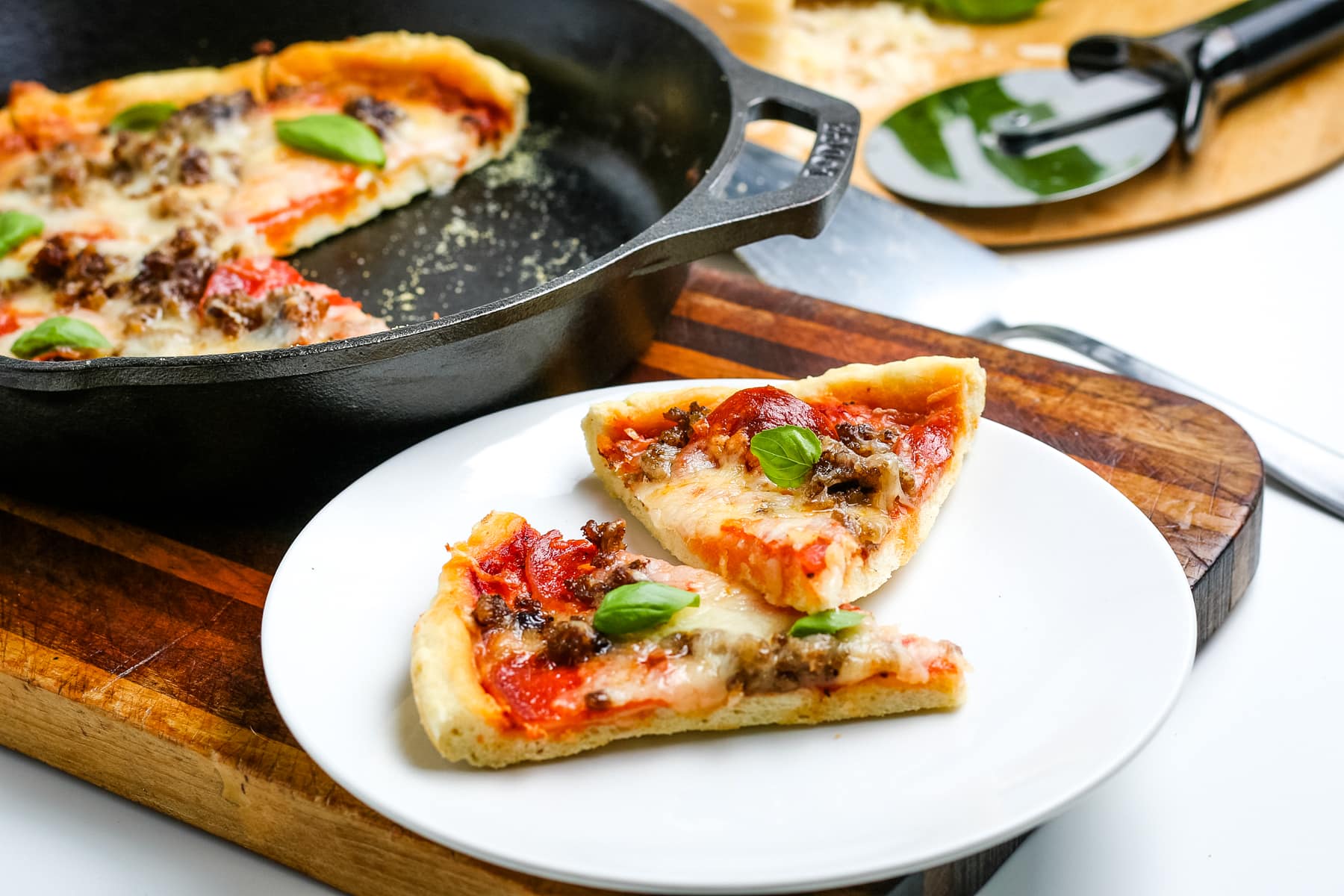For kitchen professionals in pursuit of elevating their seafood dishes, considering the often underutilized method of using baking stone for seafood can be a game-changer. By integrating this method into your culinary practice, you can add a layer of depth and flavor to your seafood creations, making every dish an exceptional experience for diners. If you're new to this concept, fret not; this guide will take you through every essential detail.
The Secret of the Stone: Understanding Baking Stone
Baking stones, often used for baking bread or pizzas, are primarily made of clay, ceramic, or cordierite. These materials are known for their ability to withstand high temperatures and distribute heat evenly. When using a baking stone for seafood, this quality ensures that the seafood is cooked through perfectly, retaining moisture while attaining a delightful texture on the outside.
Unlike traditional cooking methods like pans or grills that can sometimes leave parts of a dish overcooked or undercooked, the consistent heat distribution of a baking stone prevents such mishaps. While it's common in baking, the use of a baking stone in seafood preparation is something more chefs should explore and experiment with.
Preparing Your Workspace and Ingredients
Before diving into the culinary adventure of cooking seafood on a baking stone, it's crucial to prepare your workspace and ingredients properly. Begin by preheating your oven with the stone inside. Ideally, this should be done at a temperature range of 450-500 degrees Fahrenheit to ensure the stone is sufficiently hot to cook the seafood efficiently.
Meanwhile, prep your seafood by ensuring it's clean and dry. This step is essential as excess moisture can interfere with the browning process, compromising the flavor and texture. Season your seafood to taste, perhaps with a simple mix of salt, pepper, and lemon, or experiment with diverse herbs and spices to create your own signature dish.
Techniques for Perfectly Cooked Seafood on a Baking Stone
When you're ready to cook, gently place the seafood on the preheated baking stone. Remember, the even heat distribution allows for simultaneous cooking on all sides, giving you an even finish. To avoid sticking, you might consider using parchment paper or a thin layer of oil.
Timing is critical. Seafood generally cooks quickly, so it's imperative to stay attentive. For instance, fish fillets might require only 8-10 minutes, while shellfish could demand slightly more time. Keep a close eye on color changes and texture to gauge doneness accurately.
Maintaining Your Baking Stone
After indulging in your delicious seafood, taking care of your baking stone is crucial. Avoid using soap as it can be absorbed by the stone, affecting future flavors. Instead, rely on warm water and a dedicated brush to clean it. Allow it to dry completely before storing it in a cool, dry place.
Enhancing Your Culinary Repertoire
Expanding your use of the baking stone beyond seafood can amplify your culinary repertoire. For those interested in Quesadillas or trying out Flatbread, the options are boundless. By familiarizing yourself with various usages, you'll find yourself reaching for the baking stone more often, becoming an integral part of your kitchen arsenal.

FAQ Section
Can I use any type of baking stone for seafood?
While most baking stones can work for seafood, the material, such as cordierite, usually affects the outcome. Cordierite stones are highly recommended due to their durability and heat retention.
What seasonings work best with seafood on a baking stone?
Basic seasonings like salt, pepper, and lemon work wonderfully. However, experimenting with herbs like dill, thyme, and spices such as paprika can enhance the flavors remarkably.
Should I preheat the baking stone with the oven?
Yes, always preheat your baking stone along with the oven. It ensures an even, consistent heat and proves essential for achieving the desired texture and flavor.
This article contains affiliate links. We may earn a commission at no extra cost to you.






Leave a comment
This site is protected by hCaptcha and the hCaptcha Privacy Policy and Terms of Service apply.